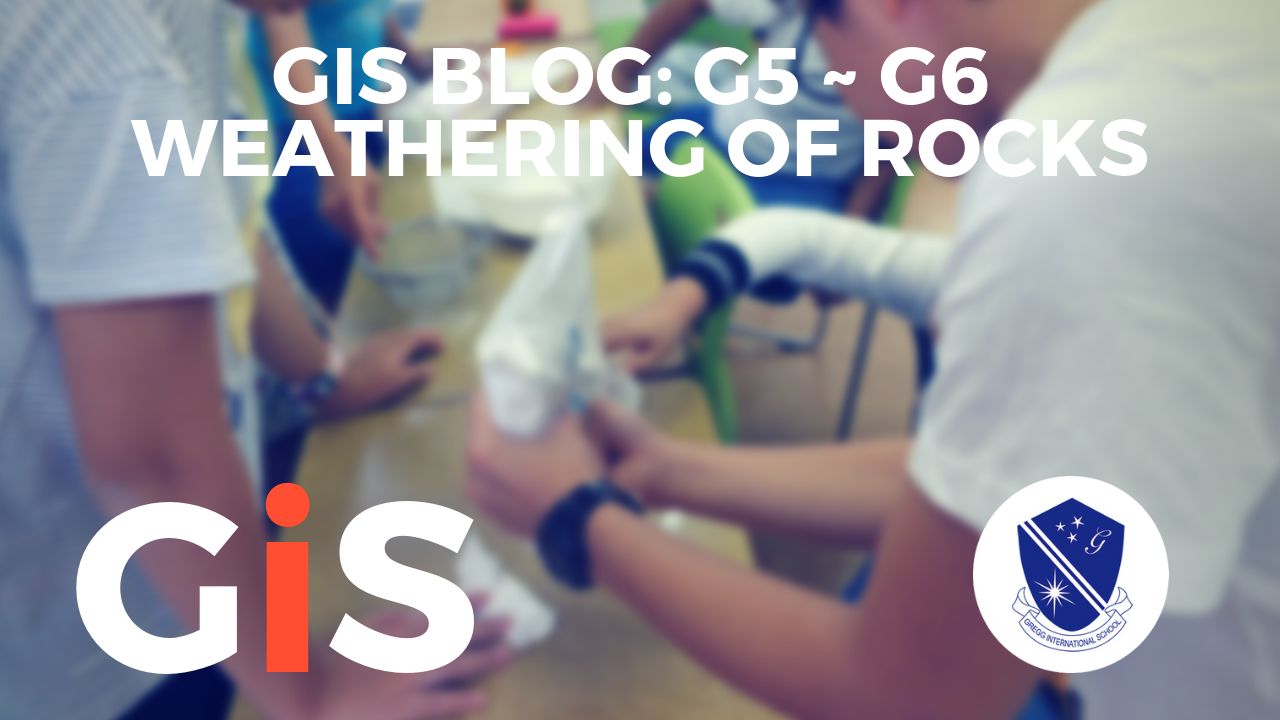Weathering of Rocks
The fifth and sixth graders finished their geology unit learning about weathering and erosion, two geological processes that contribute to shaping the surface of our planet. Below is a series of experiment that we conducted together to illustrate the scientific concepts developed during class.
The first four pictures show an experiment that demonstrates how water expands when it freezes. A jar was filled with water to the top and placed in the freezer overnight. The day after, the lid had popped, showing that the ice was taking more space than the jar could hold water!
Below are pictures showing the students working on an experiment that shows how freezing and thawing can weather rocks. We filled some balloons with water, tied a knot, and put them in plastic cups. We did the same with other balloons but we filled them with air instead. We prepared plaster and poured it in the cups, making sure the balloons were completely submerged. We waited for the plaster to dry, removed the molds from the cups, and then placed them in the freezer. The day after, the molds that had a balloon filled with water had cracked, while the others had not. This shows that water expansion upon freezing can push hard enough to crack hard solids (in our experiment the plaster represents rocks), and the balloons with air were here to help us isolate water as being responsible for the cracks.
Next is an experiment that shows how abrasion can weather rocks. Chunks of chalk and salt were gently mixed in jars before screwing the lids tightly on. We shook the jars hard and after three minutes, the pieces of chalk had completely changed shape. The repeated rubbing and impact of salt on the bits of chalk weathered them down (in our experiment chalk represents rocks and salt represents smaller particles such as sand).
Finally, an experiment that shows how rocks can be chemically weathered. Here the students carved letter on pieces of chalk and poured vinegar on them. The acid contained in the vinegar reacted with the calcium carbonate found in chalk and after a few minutes, what the students had carved was not readable anymore (in our experiment chalk represents rocks, more particularly limestone, and the vinegar represents acid rain.)
Learning objectives of the unit:
How do weathering and erosion constantly change the way the surface of our planet looks?
- Meaning of weathering in geology.
- Difference between physical and chemical weathering processes with examples.
- Meaning of erosion.
- Types of erosion (water, wind, glacier).
- Follow experimental protocols.
- Draw conclusions based on observations.


